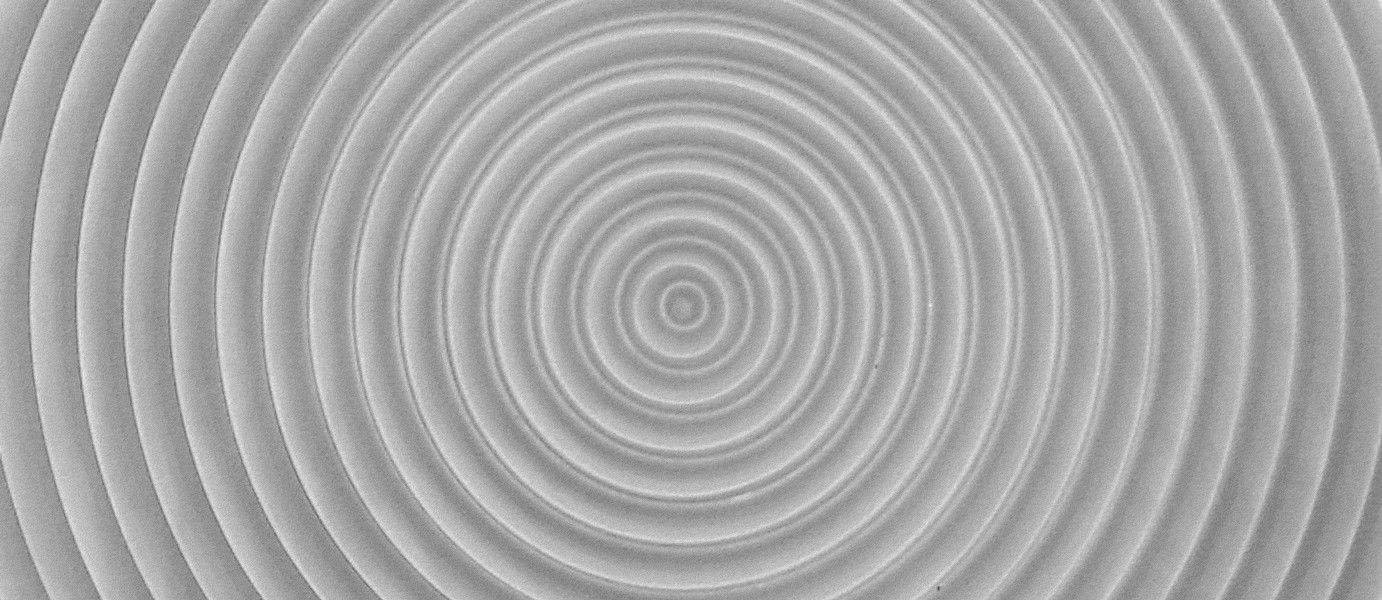
My research interests lie in neuroethology and sensory ecology: How does the way that organisms perceive their environment influence their behavior and how does their behavior shape their perception? I study these questions in bats, a very successful clade of mammals. With over 1400 species they inhabit almost every corner of the world, and every imaginable food source. The unique combination of flight and echolocation made it possible for them to exploit the lush ecological niche that is the night’s skies. Living their lives in darkness, bats have switched vision with echolocation as their main remote sense. I want to understand this immense reshaping of their sensory world and find answers to the question to what extent vision can even be replaced by a sensory system that originally evolved to complement it. My largest contribution to my field is establishing state-of-the-art, dynamic virtual-realities for classic psychophysical studies in echolocating bats. I have used these techniques to address the neurophysiological aspects of what Niko Tinbergen called “Physiology of Behaviour” and what is now known as the field of neuroethology. Now I am approaching my questions with new behavioural methods from the field of cognitive ecology, putting my research in a broader perspective.
In my dissertation, entitled "Coding of spatial and temporal frequency in bat biosonar", I addressed the question how echolocation encodes certain spatial and temporal parameters of the environment. Echolocation poses a challenge to the perception of spatial layouts because the auditory sensory epithelium, the cochlea, does not explicitly encode space like the eye’s retina does; space must be computed by comparing echo cues at both ears.
In the first chapter of my thesis, I tested the hypothesis that despite this challenge, bat echolocation utilizes the concept of spatial frequency to form perceptual representations of bats’ habitat. Spatial frequency has been crucial to understand visual perception. I could show that both sensory systems, echolocation and vision, have access to spatial frequency information despite their fundamental mechanistic differences. I trained six bats (Phyllostomus discolor) to discriminate ripples of different spatial frequencies from a smooth surface and measured echo-acoustic depth-contrast-sensitivity functions. I showed that bats are much more sensitive to high spatial frequencies, exemplifying a spatial high-pass filter. Additionally, I evaluated the perceptual cues available to the bats to assess spatial frequency and found them fundamentally different from those in vision. While spatial frequency perception in vision is a result of spatial tuning, starting already in the retina, spatial frequency perception in echolocation is achieved by object-specific reflection properties that determine the perceived echo-acoustic object signature. The demonstration of a high- pass filter in bat echolocation reveals a functional similarity between vision and echolocation, which underlies figure-ground-separation and allows both systems access to the spatial contours in the environment. The functional similarities, yet mechanistic differences, highlight the need for spatial environmental information, independent of sensory system.
The auditory system excels in measuring minute differences in echo arrival times. But when it comes to the tracking of changes of echo properties over time, the echolocation system of a typical bat seems to be at a disadvantage. The echolocation call of frequency-modulating bats is too short to track an entire movement cycle. In order to track movement, bats have to compare memorised sequences of call-echo pairs. In the second and third chapters, I quantified the sensitivity of bat echolocation to the temporal modulation of echo parameters. In nature, fluttering insect wings cause echo modulations; the echoes carry modulations in echo delay and in echo amplitude simultaneously.
In the second chapter, I introduced an auditory virtual reality where I could manipulate delay independently from amplitude and tease apart the effects of both parameters on perception. I demonstrated that in the frequency-modulating bat Phyllostomus discolor the sensitivity for modulations in echo delay depends on the rate of the modulation, with bats being most sensitive at modulation rates below 20 Hz and above 50 Hz. I showed that echolocation is susceptible to interference between call repetition rate and modulation rate. I proposed that this phenomenon constitutes an echo-acoustic wagon-wheel effect. I further demonstrated how at high modulation rates sensitivity could be rescued by using spectral and temporal cues introduced by Doppler-distortions. Thus, I presented evidence that Doppler distortions may play a crucial role in flutter sensitivity in the hundreds of frequency-modulating bat species worldwide.
In the third chapter, I deepened my investigations into the sensitivity of bat echolocation to temporal echo modulations. I used the virtual reality approach to generate modulations in echo amplitude independent from echo delay. I showed that Phyllostomus discolor successfully detected these modulations in echo amplitude and that their performance increased with the rate of the modulation. I suggested that amplitude-modulation detection with echolocation differs fundamentally from delay-modulation detection and speculated that the mechanism to detect fast amplitude modulations relies on spectral cues.
With my thesis I provided experimental evidence on important perceptual processes in the echolocation of frequency-modulating bats. I gave a proof-of-principle demonstration offering release from the supposed trade-off between temporal and spatial acuity and challenging the view that the auditory system’s sensory constraints inevitably lead to detrimental echo-acoustic performance. Thereby, my findings highlight the diversity of selective pressures working on the echolocation system of bats. My work therefore has implications on the fields of neuroethology, behavioural ecology, animal physiology and evolution, and may contribute to the further development of technical sonar.